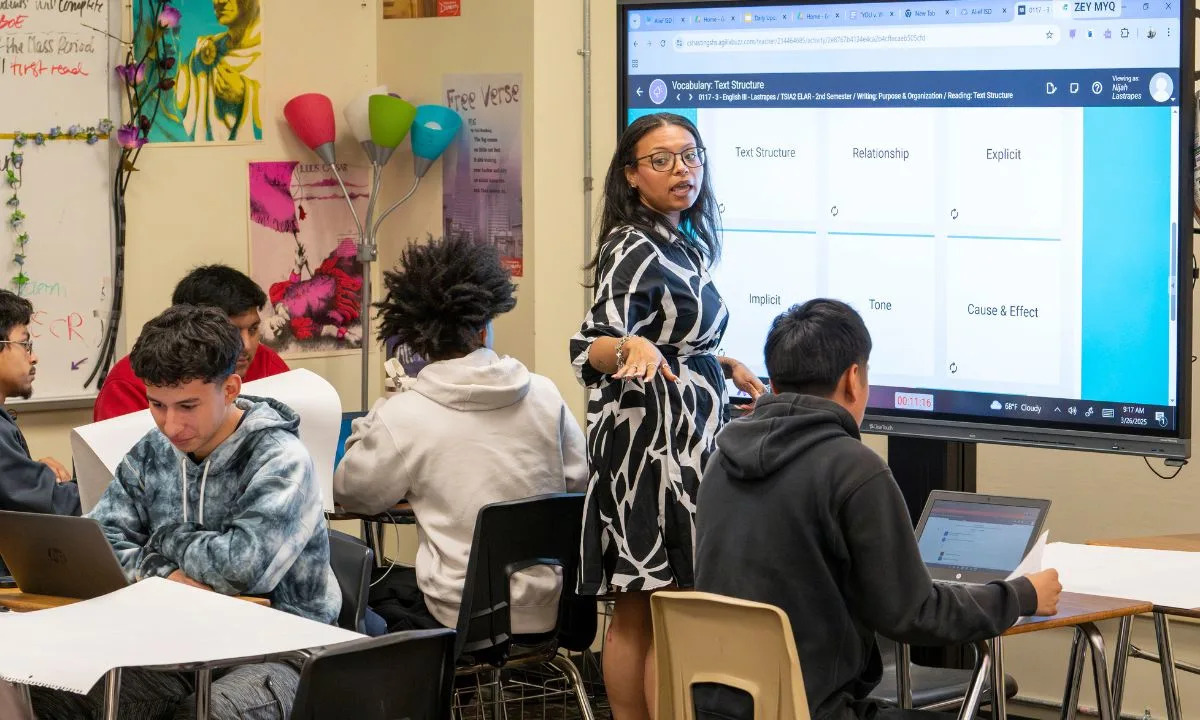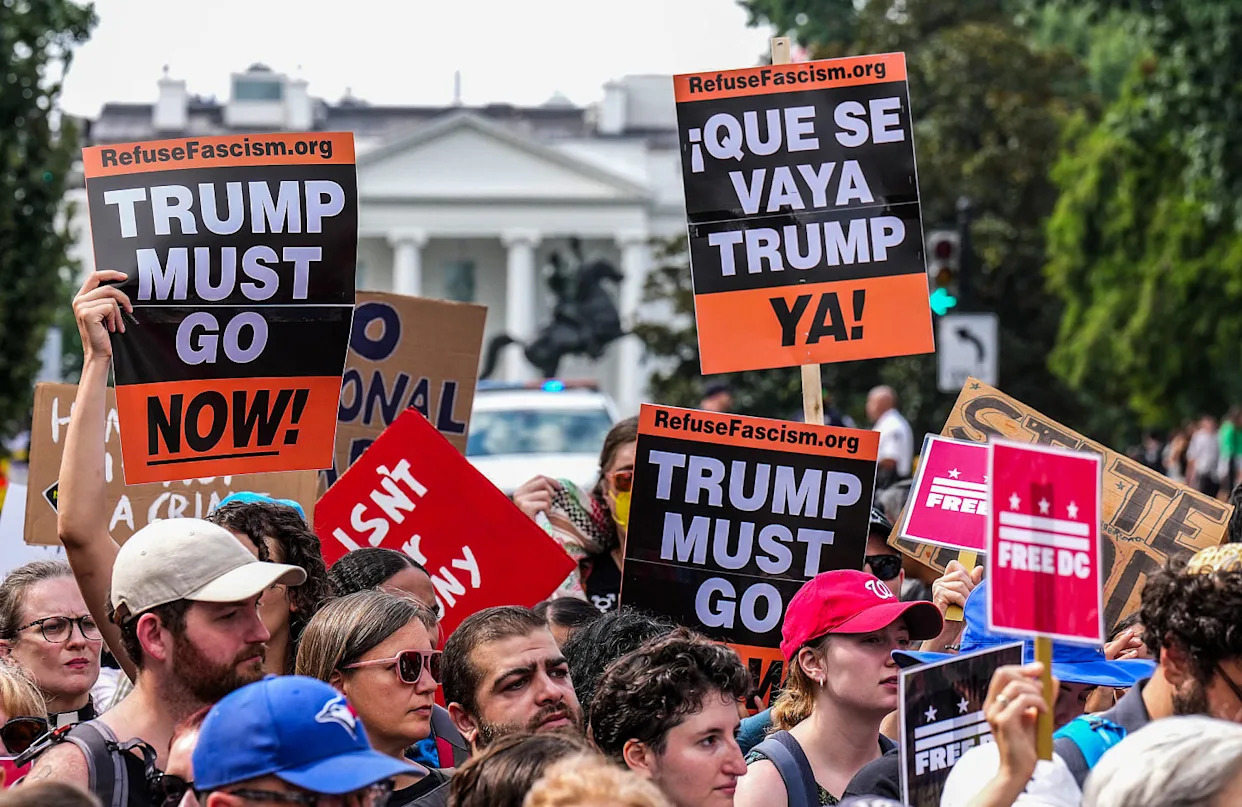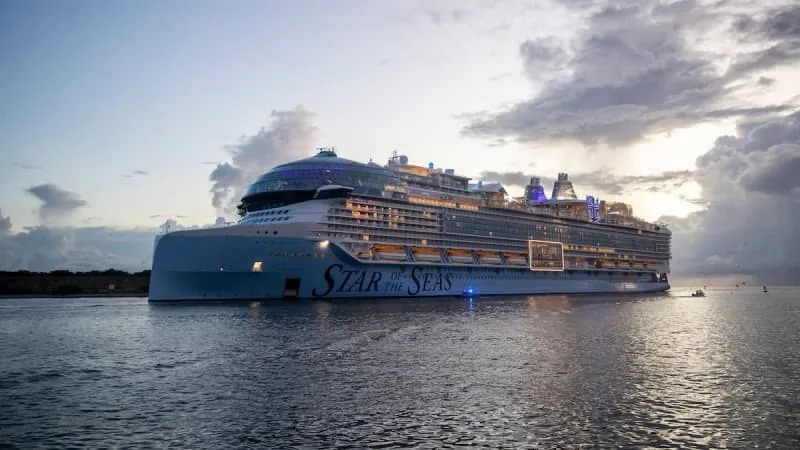
DONALD TRUMP HOLDING A “PEACE SUMMIT” with Vladimir Putin in Alaska this week makes no sense, for the should-be-obvious reason that the United States and Russia are not at war. Ukrainians, not Americans, are under Russian attack and fighting to defend their home, but Trump is (as of this writing) excluding Ukrainian President Volodymyr Zelensky from the summit and talking of territorial concessions, as if Ukrainian land were his to trade away.
That recalls nineteenth-century imperial powers settling spheres of influence. Or the twentieth century’s Molotov–Ribbentrop Pact, when Moscow cut a deal to divvy up an Eastern European country with a Western ex-democracy that backslid into fascism under a convicted criminal with a cult of personality.
Except the United States isn’t about to invade Ukraine from the west, so that doesn’t fit.
Trump cutting Zelensky out of talks recalls his first-term choice to negotiate with the Taliban, cutting out the U.S.-backed Afghan government. That, and releasing thousands of Taliban fighters from prison, contributed to the Afghan government’s quick collapse.
Except the United States was a primary combatant in Afghanistan, while it doesn’t have troops fighting in Ukraine. The Ukrainians have held off Russia’s invasion for almost three and a half years (and counting), causing over 1 million Russian casualties, of which about a quarter are deaths. For comparison, the United States took 22,500 casualties in twenty years in Afghanistan, with only about 10 percent killed. While the United States supplies Ukraine with valuable military equipment, so does Europe, and Ukraine makes a lot of equipment domestically, in particular a drone industry that’s now world class. The American president can’t order them to surrender.
What Trump can do is welcome Putin to the United States, treating him as a legitimate stakeholder in Ukraine—and by excluding Ukraine’s elected government, as the premier stakeholder—rather than as an aggressor, indicted war criminal, or American adversary. In that way, the Alaska summit resembles the humiliating 2018 Helsinki summit, when Trump publicly sided with Putin against the U.S. intelligence community.
But while there’ll be shades of that in Alaska, even that comparison doesn’t really fit, since Trump isn’t covering for Putin to defend his own electoral legitimacy this time. He’s taken steps to put some pressure on Russia, most notably by authorizing increased arms sales to Europe knowing the Europeans will pass them on to Ukraine, along with threats of punishing U.S. tariffs against countries that buy Russian oil.
Energy markets are acting like Trump will back down. India, the one Russian oil customer he’s hit with tariffs, is defiantly buying oil, praising Putin, and threatening to stop buying U.S. arms. Russia has weathered economic pressure throughout the war, tariffs hurt the United States as well as the targeted countries, and real pressure would take sustained follow-through. So Putin is not unreasonably shrugging at the economic threats.
Nevertheless, Russia’s top officials repeatedly blew off Trump’s earlier attempts at peace summits, making them look like a farce. Now Putin has agreed to one. And it’s on his preferred terms: one-on-one with the United States, as per his position that Ukraine is not a real country and belongs to Russia.
But meeting solo with Putin is something Trump clearly wants too. To understand why, the best analogy is Trump’s first-term meetings with North Korean dictator Kim Jong-un.
For decades, North Korean leaders wanted a meeting with a U.S. president. It would grant them international recognition and fodder for domestic propaganda. Every president before Donald Trump refused, knowing that all the benefits of such a face-to-face would go to North Korea and none to the United States. They had diplomats conduct lower-level discussions, and in the rare instance they managed to craft a detailed, mutually beneficial arrangement—such as sanctions relief and energy assistance for nuclear restrictions—they’d dispatch a diplomat or the secretary of state to finalize it.
Trump met directly with Kim Jong-un in 2018 and again in 2019, and it played out as diplomatic protocol feared: North Korea got a public-relations coup, and the United States got nothing. Even worse, Trump gave concessions, suspending military exercises with South Korea. And Trump started acting like the star employee of Kim’s PR department, lying that North Korea no longer posed a nuclear threat and gushing about the brutal dictator as a very special friend (“we fell in love”).
It makes no sense as statecraft.
Except Trump wasn’t acting in America’s national interest, he was acting for himself. Like Kim, Trump wanted a photo op with a world figure he considers important, both for ego and domestic propaganda.
Because Donald Trump’s foreign policy priority has always been making himself feel big and look good to the American audience. Which requires a lot of lying since he so often doesn’t.
With the Ukraine war, Trump BSed that he could end it right away. Maybe he really thinks international relations revolve around personal rapport, and U.S. adversaries will abandon their interests because he’s asking. But Kim didn’t, and Putin won’t either.
At most, the United States can revert to trying to weaken Ukraine and ease pressure on Russia, telling the Ukrainians to make concessions. That’s what the Trump administration tried for the first half of this year, including ambushing Zelensky on camera in an infamous Oval Office meeting with Russia-friendly lies about the war. It didn’t work.
Congressional Republicans had already tried that during the Biden presidency at Trump’s behest, blocking military aid to Ukraine for months. It “worked,” in that it hindered Ukraine’s military operations and Russian forces advanced faster, but it failed to frighten the Ukrainians into forfeiting their freedom.
Trump could try that a third time, reversing himself on recently announced weapons sales to Europe. But that would undo one of his very few “wins,” add more disruption to a weakening economy, and anger influential defense contractors already burdened by tariffs. And while it would harm Ukraine’s military position, it wouldn’t get them to quit, nor would it enable Russia to overrun them, bringing the war no closer to an end.
Since Russia attacked and Ukraine proved itself capable of defense, the challenge has been forcing Russia to stop. Trump has never shown interest in that, waffling between sympathy for Russia and trying to short-circuit the process in pursuit of shallow imagery glorifying himself.
But Putin won’t give up his imperial ambitions to make Donald Trump look good. Ukrainians won’t give up independence to make Donald Trump look good. Imagining a final settlement that makes Trump look good is easy; getting the combatants to accept it is not.
The reason there’s a Nobel Peace Prize in the first place is because peace is hard.








Comments